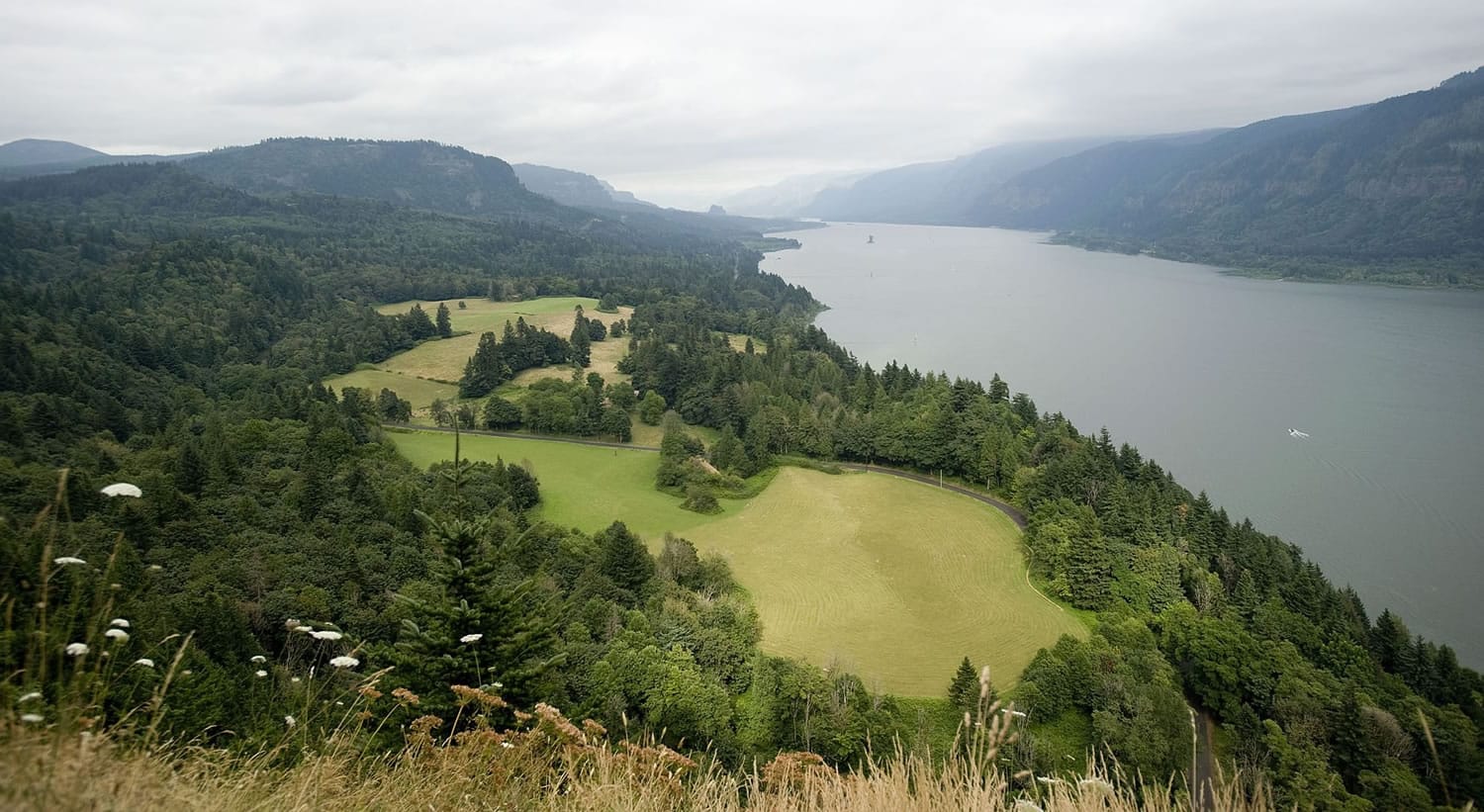Call them intrepid hikers. Call them creative trail blazers.
But when people dig out new trails on public land in the Columbia River Gorge — a continuing trend, particularly on the Washington side of the river — forest officials mostly call it illegal.
“We’re not against trails,” said Carlo Abbruzzese, a natural areas manager with the state Department of Natural Resources. “We just want them to be done the right way.”
Officials from both DNR and the Columbia River Gorge National Scenic Area have long dealt with rogue trails popping up in the Gorge, including a system of trails recently discovered in the Prindle Mountain area east of Washougal. That system covered close to six miles, stretching across both state and U.S. Forest Service land, according to Jennifer Kevil, a public information officer with the scenic area. Crews will either block the beginnings of the trails or “obliterate” them soon, she said.
The problem: many of the trails carve into sensitive natural areas that aren’t used to that kind of contact. Suddenly putting trails there can harm native plants and wildlife, cause erosion or become a safety hazard if they’re not properly built, Abbruzzese said.
Much of the harm to plant life comes from invasive species, Abbruzzese said. Outside weeds hitch a ride on cars or hikers’ shoes from urban areas, then take root and take over while choking the plant life already established, he said. That’s a difficult trend to reverse, he said.
“Once they get in, they’re almost impossible to get out,” Abbruzzese said of invasive plants.
Illegal trail building is not a new development to the gorge. It has happened in both the Cape Horn and Catherine Creek areas among others, according to the forest service. Crews have let them remain at times, Abbruzzese said, simply rerouting them out of sensitive areas.
One illegal trail tends to lead to others, said DNR spokeswoman Jane Chavey. That creates a problem when hikers cross over a patchwork of public and private land in the gorge — even if hikers mean well, she said.
“They certainly don’t intend to do something wrong,” Chavey said. “But we have to carefully decide where trails are placed.”
Abbruzzese said he recently walked the illegal Prindle Mountain trail himself, and described it as “rugged.” In that spot, crews will likely block off the entry points and cover the rest with branches and debris, he said. Officials haven’t set a date to do that, but it likely will only take a few days, Abbruzzese said.
Forest officials generally find more surprise trails on the Washington side of the Columbia River. That’s likely because the more developed Oregon side has more established trails to choose from now, Abbruzzese said.
Hikers can be fined for illegally carving out trails in the Gorge or elsewhere, and the forest service does pursue investigations, according to Kevil. But penalties are rare, with culprits almost impossible to track down in most cases.
Abbruzzese stressed the expansive system of established trails already winding through one of the Northwest’s natural gems. He encouraged hikers to explore those routes while preserving sensitive parts of the national scenic area that just turned 25 years old.
“These are some of the last great places, some of the last undisturbed areas,” Abbruzzese said. “We just want to be real careful with them.”
Eric Florip: 360-735-4541 or eric.florip@columbian.com.




